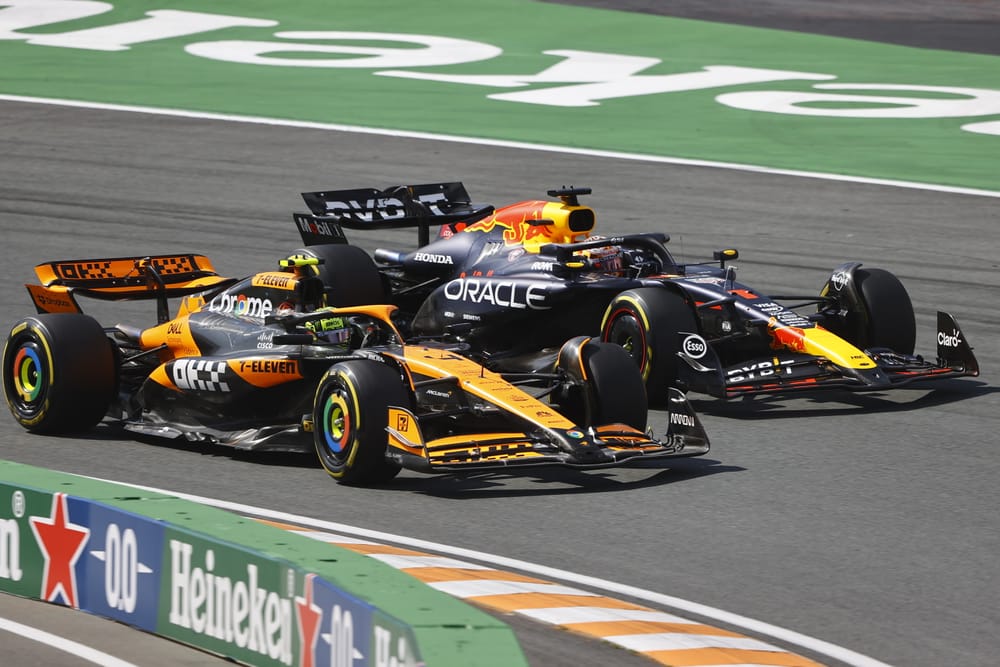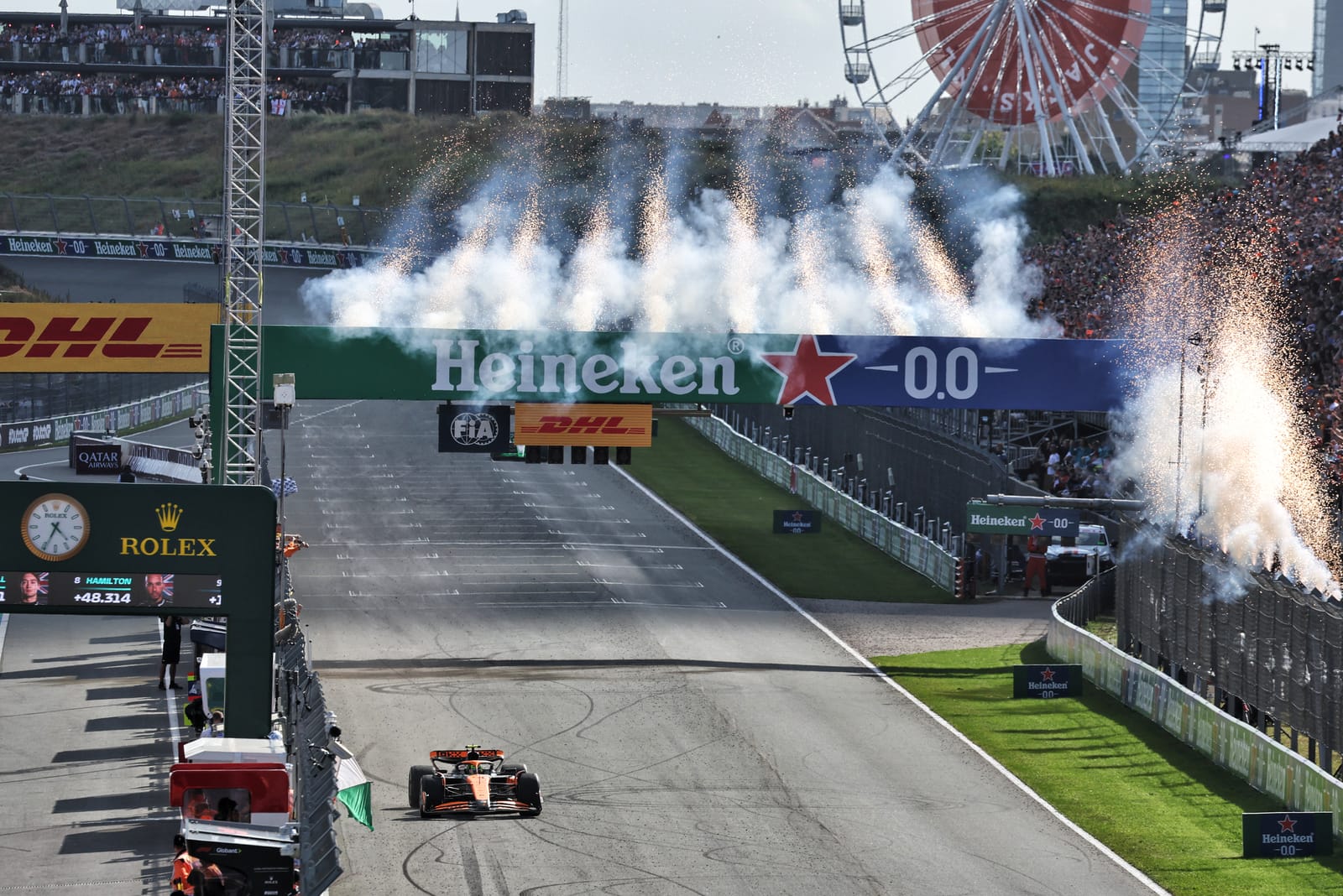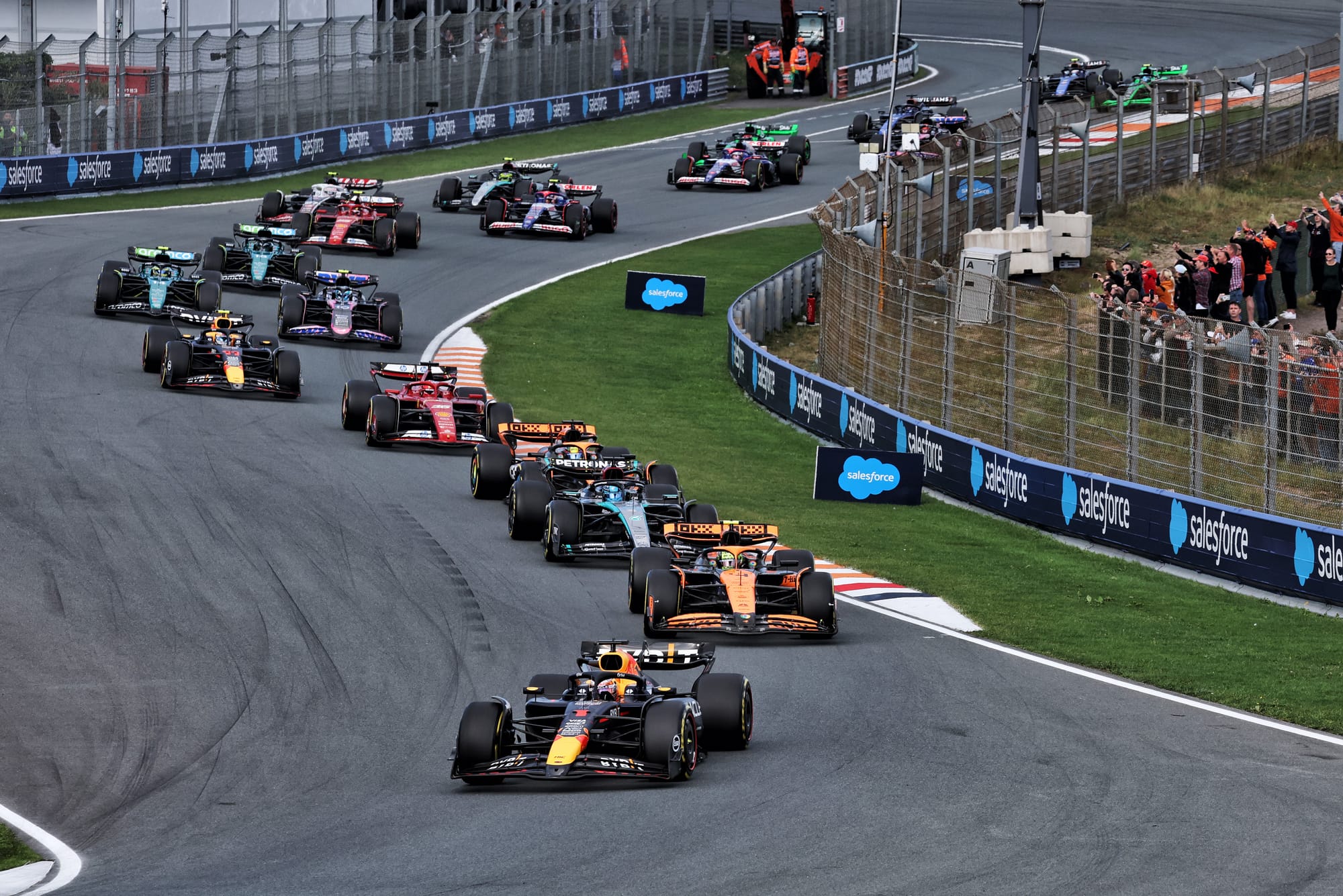Up Next

Lando Norris did what he desperately needed to do in dominating the Dutch Grand Prix, beating the local hero Max Verstappen by over 20 seconds in a straight contest in a standard one-stopping medium/hard race. This was after spending the first 20-odd laps behind the faster-starting Red Bull too. That’s how much faster the McLaren was.
Norris had of course been a little discouraged to have lost out at the start, yet again, to Verstappen. But he was driving a car which he had qualified over 0.35s faster, so all was not lost.
"The pace was very strong," said the now two-time Formula 1 race winner. "The car felt unbelievable, I could really push...I knew from quite early on as Max wasn't pressing on and I could. We were just getting faster and faster. Maybe lap six or seven, something like that."
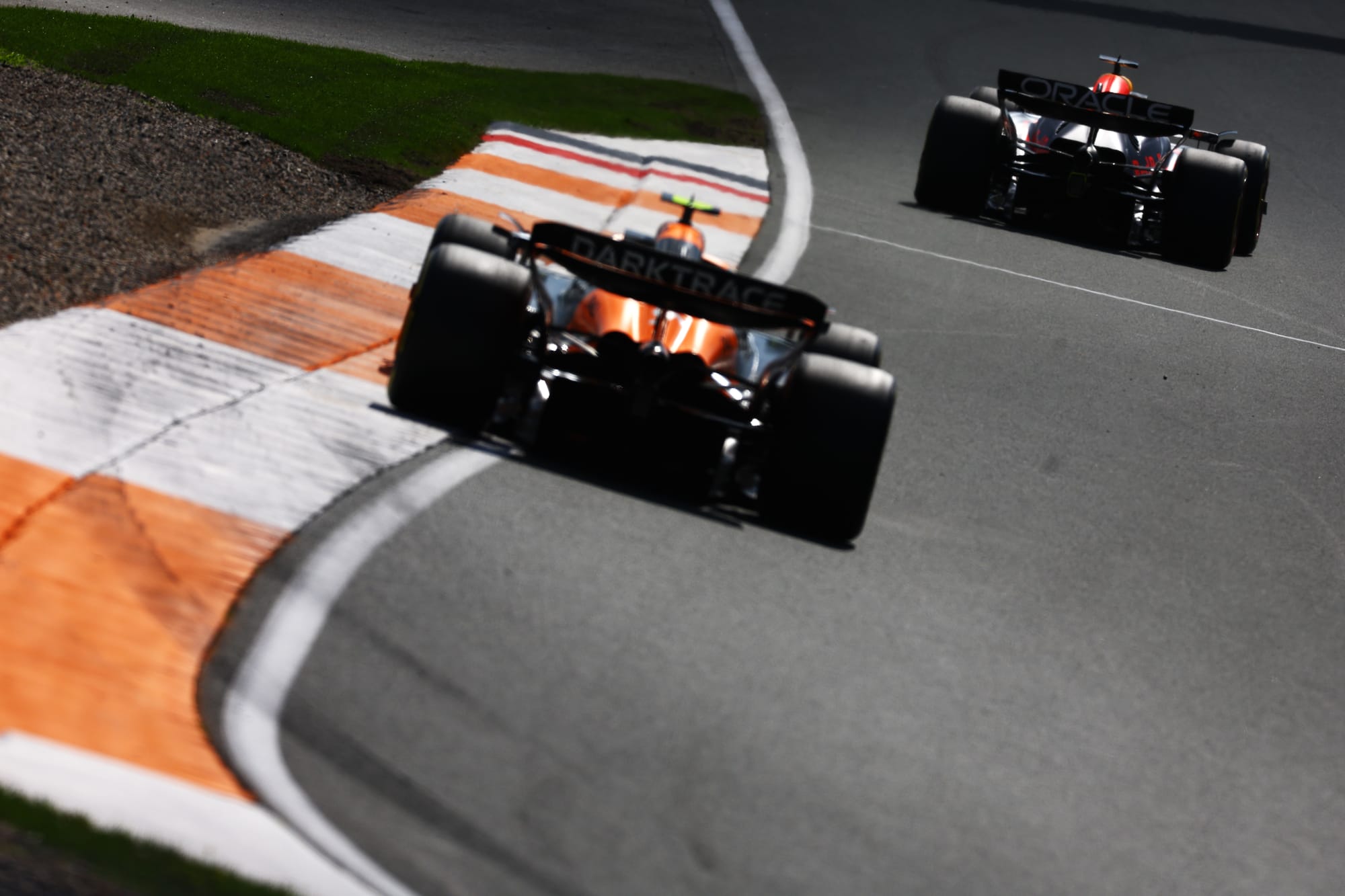
It took McLaren a little while longer to comprehend the level of superiority he was feeling. "I think it was about lap 15," said team principal Andrea Stella, "when it became apparent, and we thought let's not think about undercutting because this situation will sort itself naturally with an overtake."
The overtaking part was made much easier than it otherwise would have been - because of the size of Verstappen's rear wing: a maximum downforce Monaco wing. So he was vulnerable as soon as Norris took advantage of Verstappen's greater tyre degradation and got himself into his DRS range. The pass was straightforward.
"We think they might try to undercut us," race engineer Will Joseph informed Norris, "but that’s cool." Norris had more than enough pace to pull well out of undercut range and from that moment Verstappen concentrated on securing second.
Some of it was the MCL38's upgrade and its more efficient rear wing. Some was its generally wider set-up sweet spot - and some was Red Bull having got a little lost of late and, spooked by the McLaren's pace, choosing to try to beat it through better tyre deg by loading it up with wing.
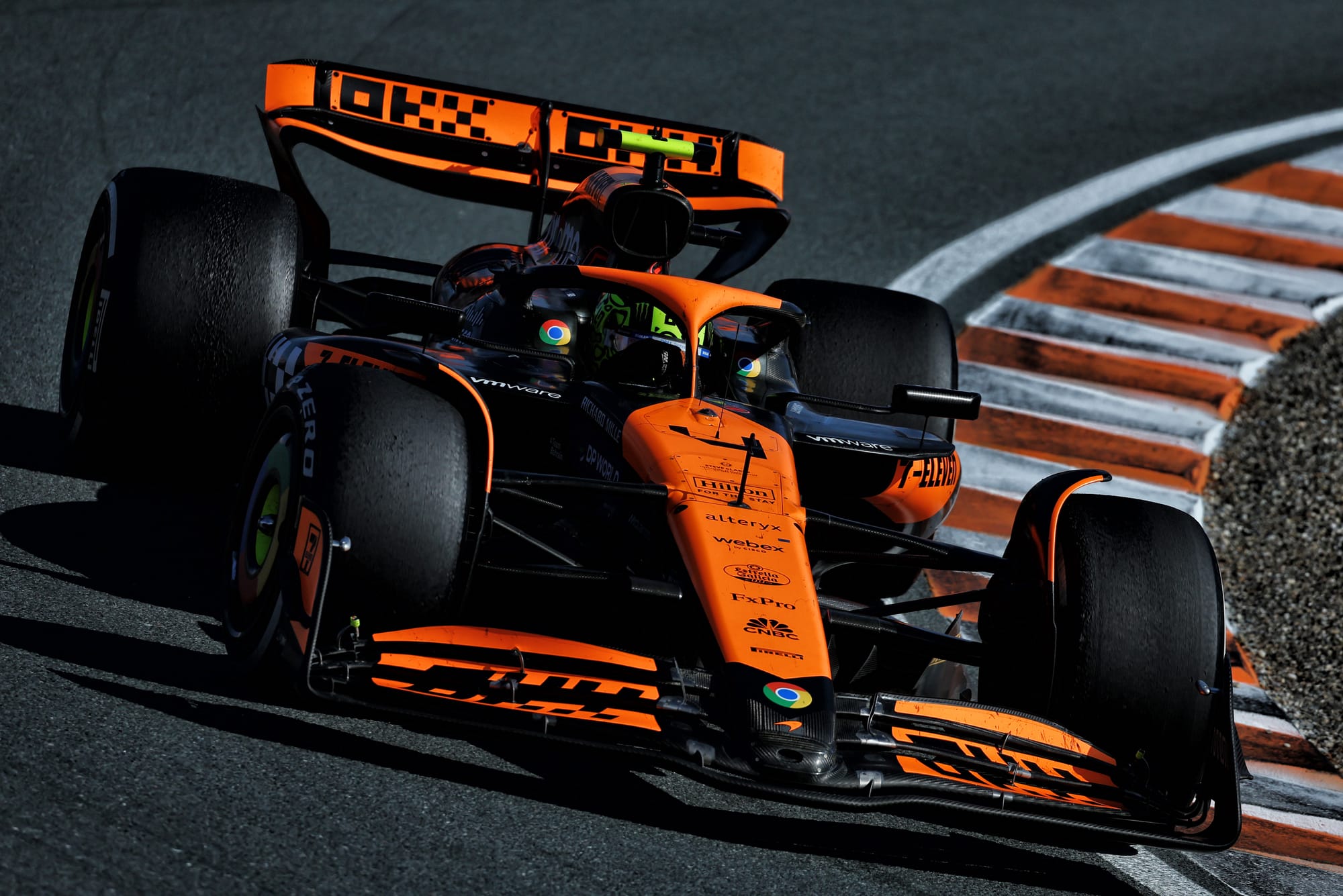
Way too much, as it turned out, on a day when tyre deg was much lower than expected. So low that Norris was able to set the fastest lap of the race on his final lap on hard tyres that were 44 laps old.
Not only that, but the older-spec floor Verstappen used was believed by the team post-race to have been around 0.2s slower than the newer version used by Sergio Perez. But the deficit of the inappropriate wing setting was greater even than that, it believes.
So with a less weather-afflicted set of practice sessions to gain more data, a different floor and wing, could the RB20 have been a match for the upgraded version of the McLaren? Christian Horner reckons no, not quite. Not around here.
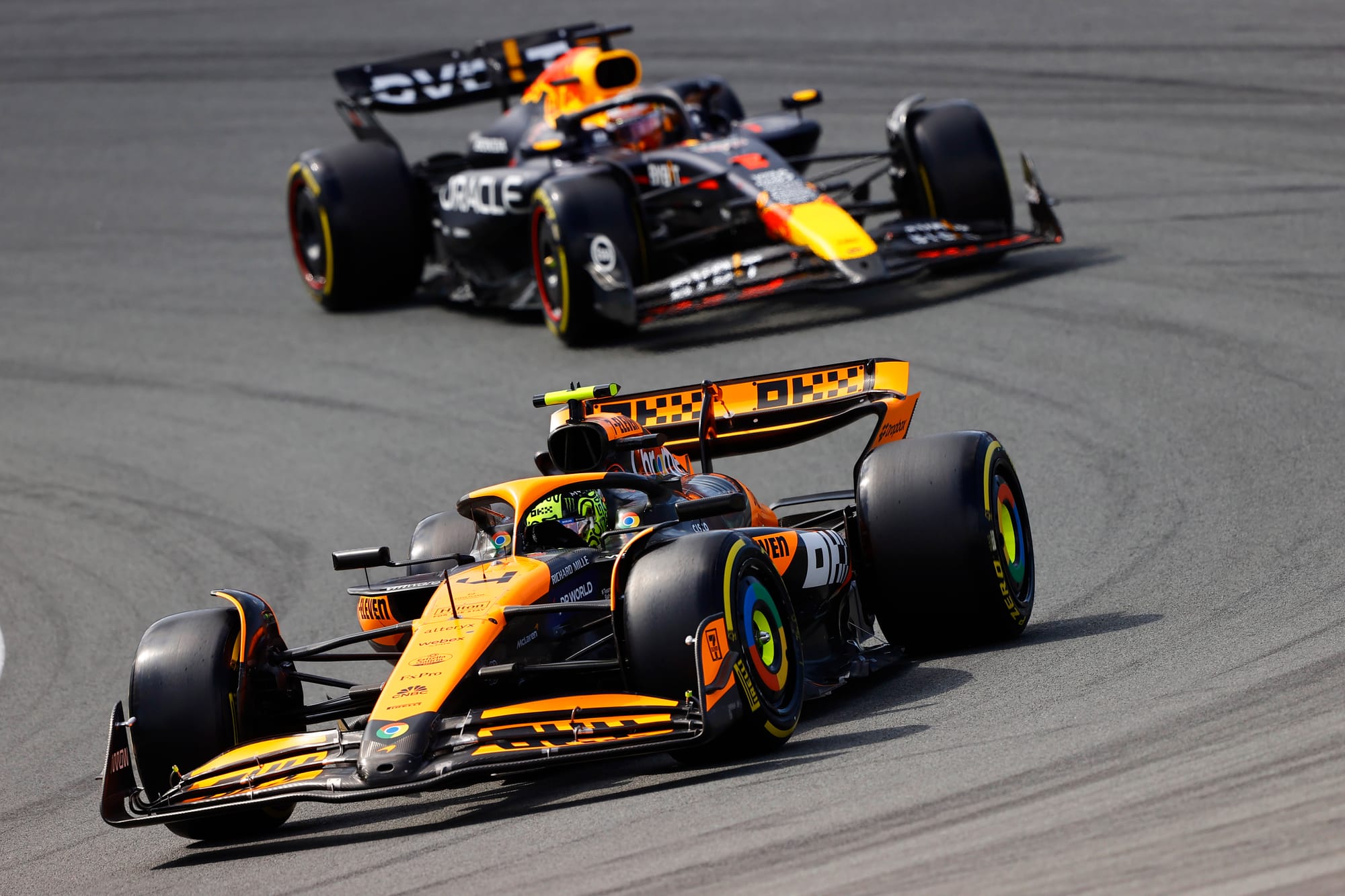
The McLaren was just too good around the quick, interconnected long corners, its tyre deg so much better thanks to its balanced downforce. It was just as it had been at Hungary, but with some extra downforce.
There are still some fundamentals about the Red Bull the team is not understanding, but the 144 laps of data gathered between the two cars on two different specs around here has, Horner believes, given the team some clear direction already in unpicking the puzzle.
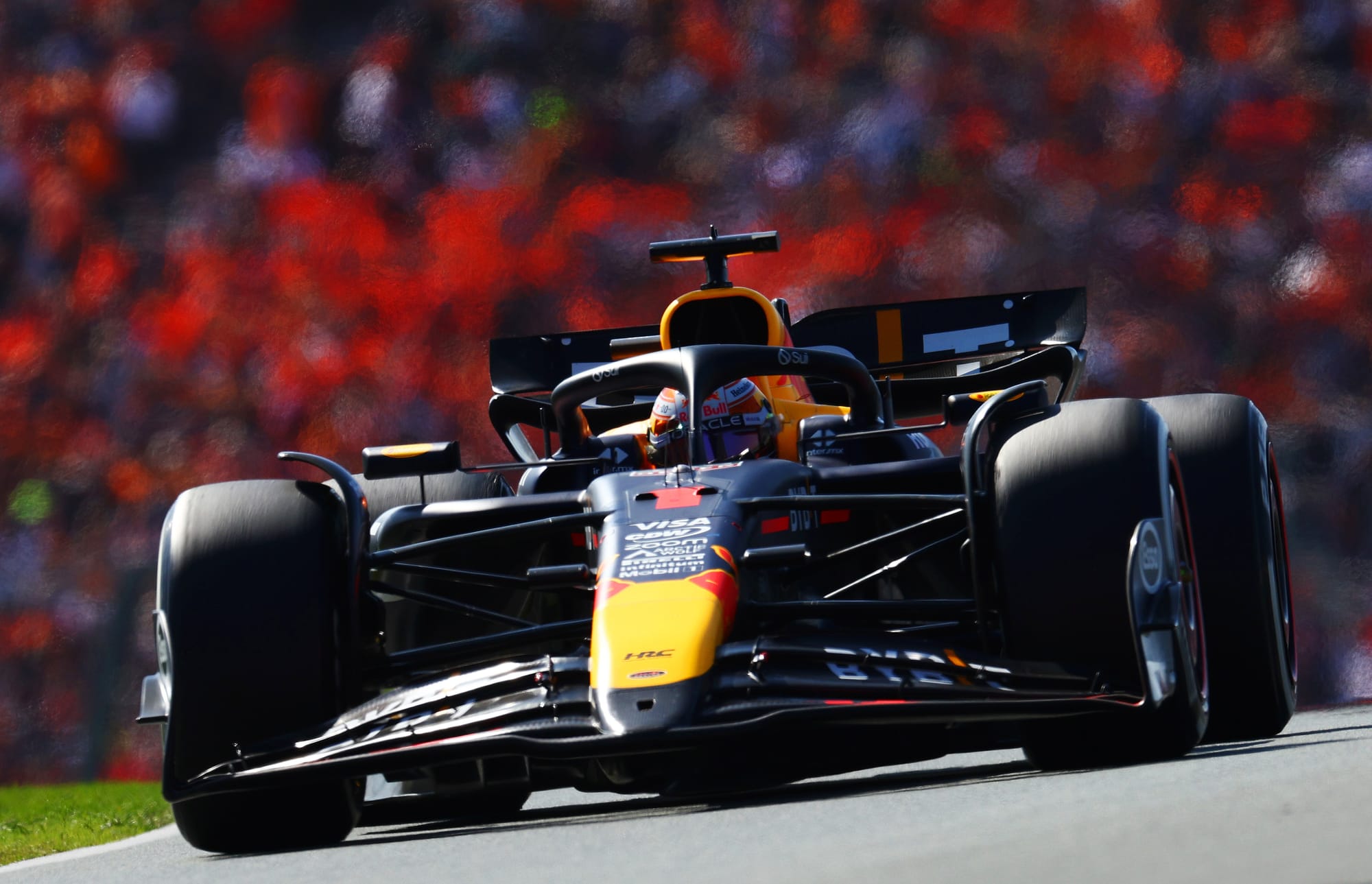
Verstappen may well have struggled to have finished second had Oscar Piastri not lost out at the start to George Russell's Mercedes and got stuck there for all the first stint.
Running long so as to get the sort of tyre offset in the second stint which might have got him past the Mercedes, he was undercut by Charles Leclerc's Ferrari, which was much more effective in the race than qualifying. Leclerc's early first stop had also taken him past Russell and vaulted him to third - not so far distant from Verstappen.
Piastri on hard tyres eight laps newer than Russell's and nine newer than Leclerc's was quickly past the Mercedes but had used up the best of his rubber in getting onto the Ferrari's tail. With the more straightforward race a better startline performance would have bought him, it's quite conceivable he'd have had the beating of Verstappen. In clear air his pace was much the same as Norris's. Fourth place undersold the potential.
Leclerc did a perfect job in securing third, the Ferrari good enough on its tyres to be a much better car on race day. Team-mate Carlos Sainz from his lowly 10th on the grid came through strongly to fifth place, in a flurry of ballsy overtakes, the last of them on Perez's Red Bull.
Mercedes brought Russell in for a second stop in what was generally a one-stop race, as he was about to be passed by the charging Sainz. The thinking was that the used soft tyres would allow him to pass both the place he'd surrendered to Perez by stopping and maybe also the older-tyred Ferrari (both on hards). He could not.
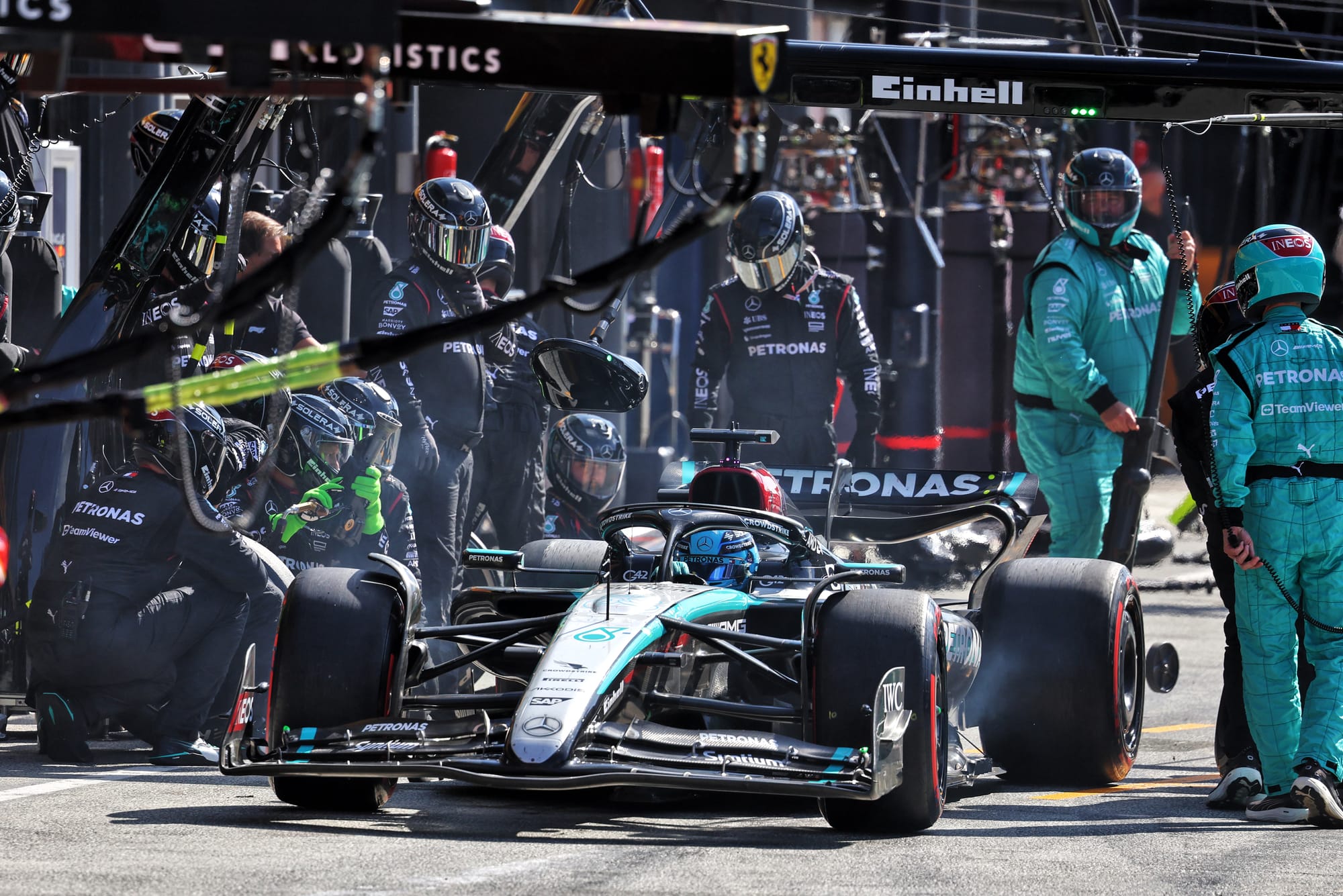
The Mercedes just didn't have any great pace in it and Russell's early pushing on the softs made him vulnerable to team-mate Lewis Hamilton who'd started 13th, nine places behind Russell. Hamilton also two-stopped, having started on softs and not the mediums of almost everyone else. Russell remained ahead but a 7-8 finish wasn't what the team which crossed the line 1-2 at Spa was expecting.
The car was a little out of balance, overusing the rear, and that might have been partly a function of the weather-interrupted practice sessions. But as a generality this track and its long turns on a relatively cool day seems to induce a bigger spread of tyre performance than most other tracks, exaggerating the gaps between the cars which are working and those which are not - and the Mercedes seemed very sensitive to track temperatures all weekend.
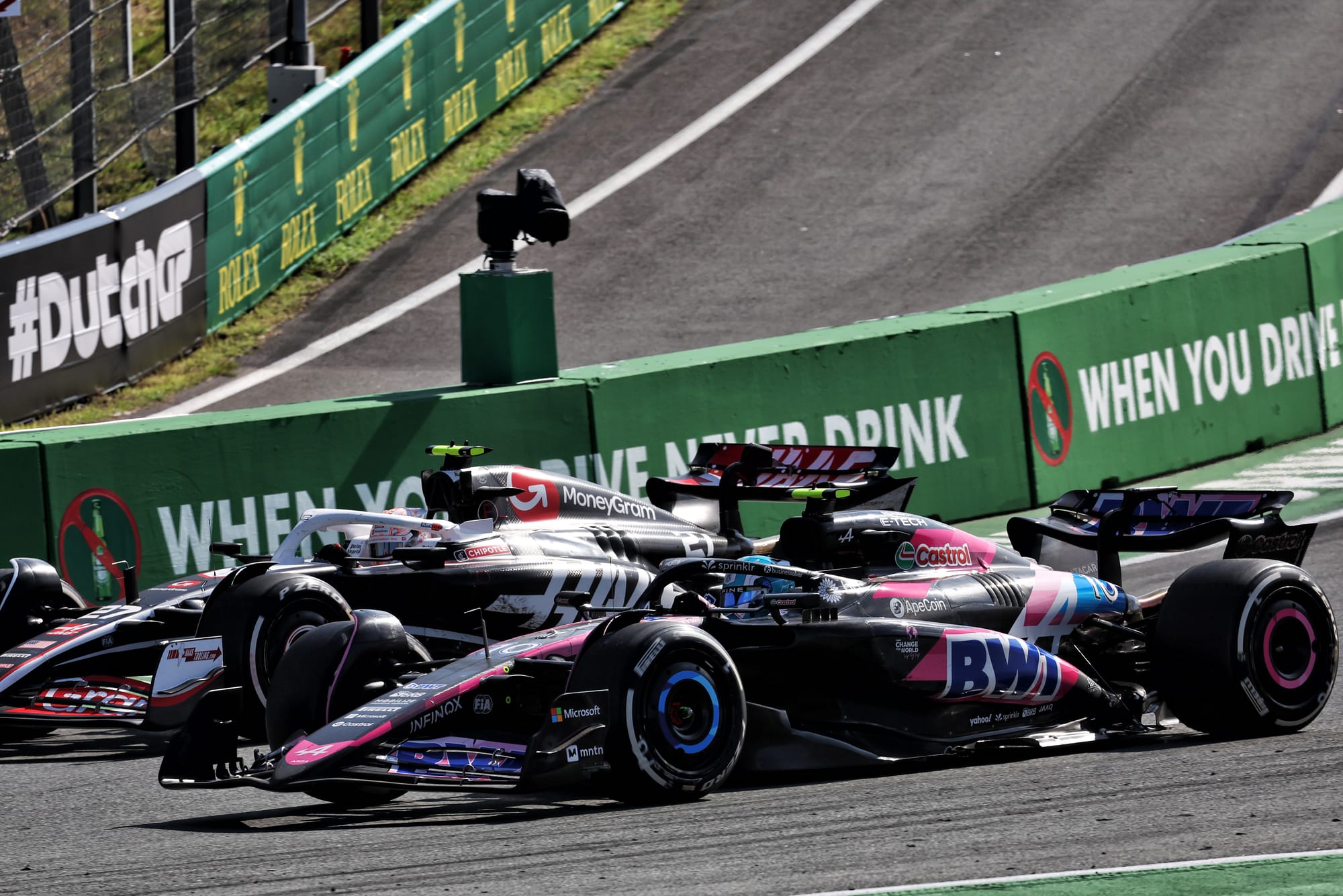
Pierre Gasly made some demon passes around the outside of Tarzan - on Fernando Alonso at the start and Nico Hulkenberg late on - to take a distant but worthy ninth for Alpine, with Alonso taking the final point.
Norris's win and fastest lap gained him eight points on Verstappen, but that still leaves him 70 behind with nine races (and three sprints) to go. He's pretty much going to have to repeat this result at every race if he's to surpass Verstappen’s lead.
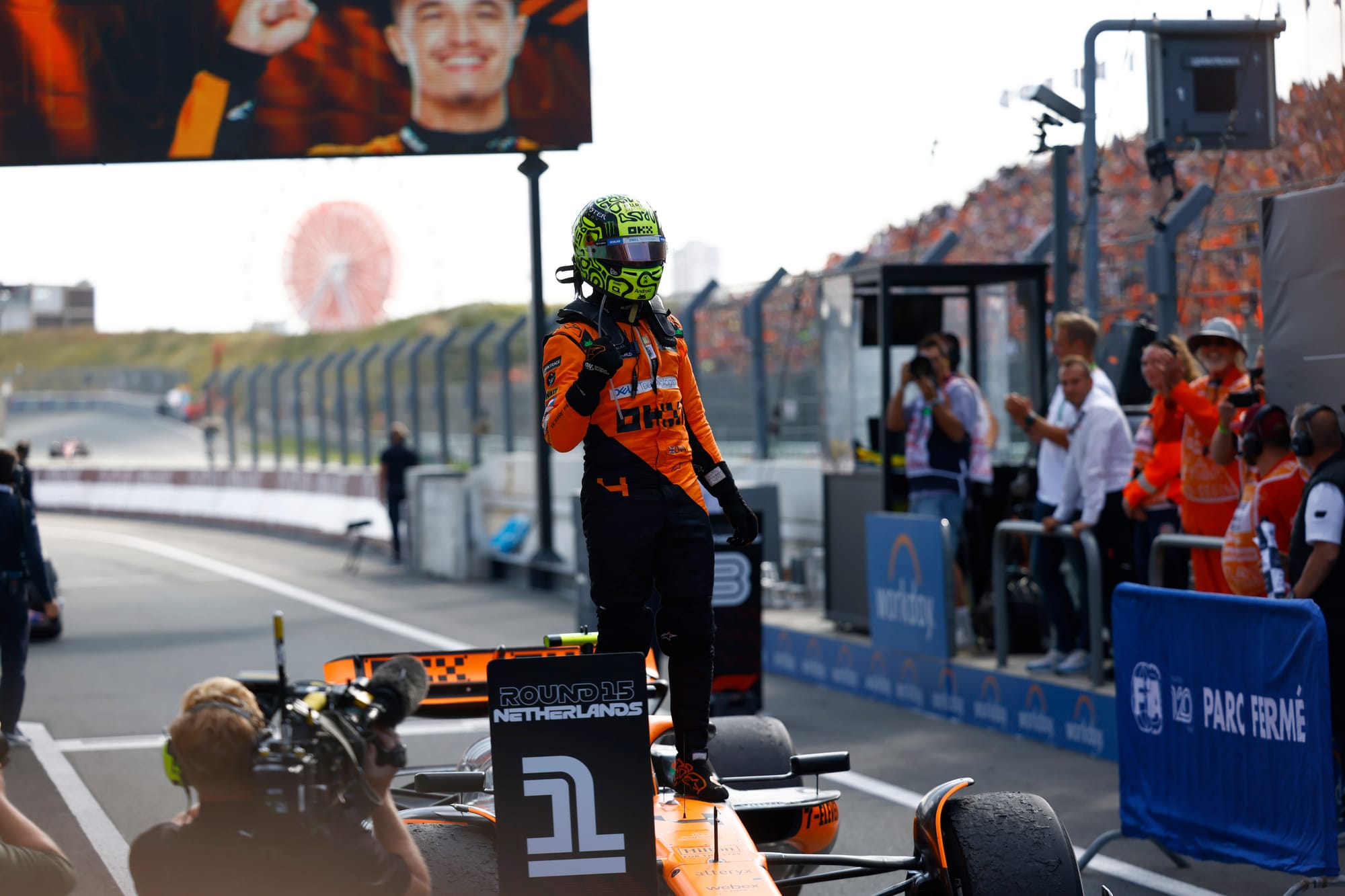
"On this kind of family of tracks, then I think we can be confident that we will perform strongly. High downforce, long corners," says Stella.
"If we go to tracks where you have very high-speed corners like in Silverstone, then we know Red Bull, they are very strong in this kind of layout. And still, I think if we go back to Austria, they will be faster. Because in Austria they pulled off a four-tenth advantage in qualifying.
"But I think thanks to the upgrades now we will be more competitive even where Red Bull were faster than us potentially."


